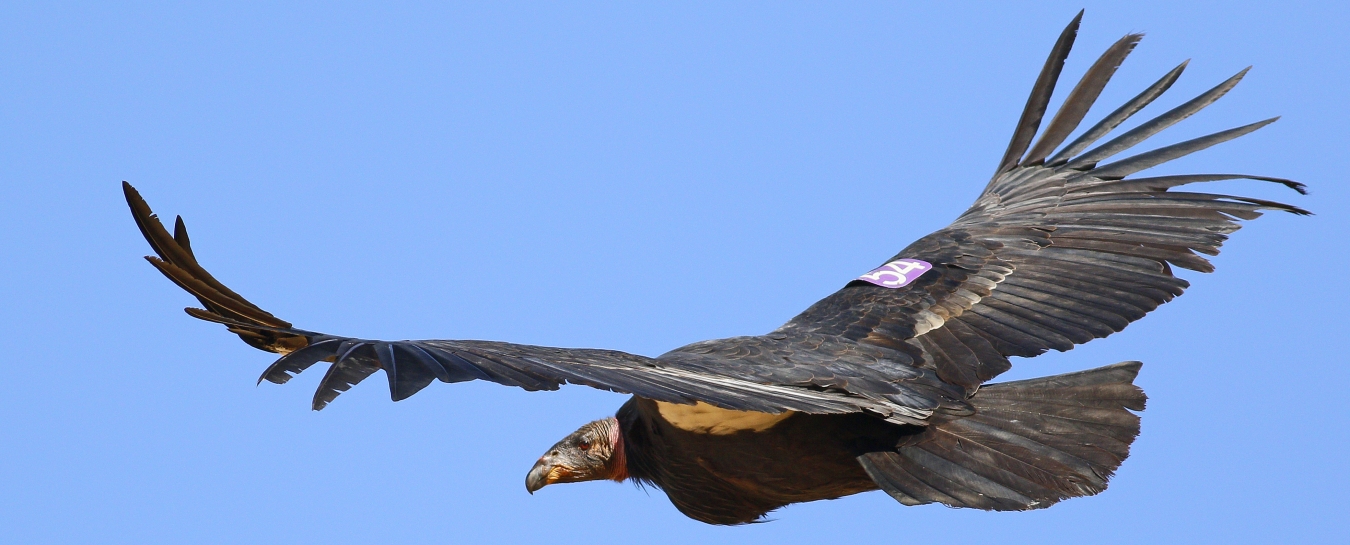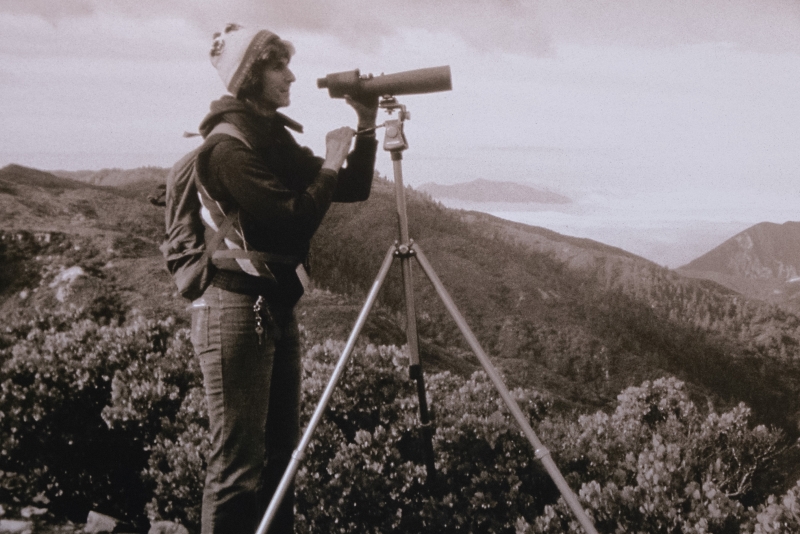
California Condors
Help Condors Today
In 2023, Highly Pathogenic Avian Influenza (HPAI) killed 21 Cailfornia Condors in Arizona. Locally, Hopper Mountain National Wildlife Refuge Complex in Ventura County is one site where the California Condor Recovery Program has been vaccinating California Condors to protect them from HPAI. Vaccination and testing is part of a wider range of care for condors happening at the site, particularly lead monitoring and treatment for lead poisoning. Lead exposure from eating bullet-tainted carcasses in the wild remains the main threat to their survival, but HPAI is adding an additional complication.
Not only is HPAI a direct threat, it has affected the logistics of providing vaccination and other care. To test and care for condors requires trapping them with a food source. Previously, the refuge was able to rely on donations of naturally deceased calves from dairies in Kern County. Unfortunately, HPAI has spread to those dairies, making those carcasses unsafe to use. You can help the refuge buy safe food that’s essential to getting condors to their doctors’ appointments.
Donate to Friends of California Condors Wild and Free and help California Condors today.
Condors and the Museum
Since its inception, the Museum of Natural History has been involved with efforts to save the condor species. The Museum’s founder, William Leon Dawson, author of The Birds of California, pointed out the need to study the “noble bird . . . one of nature’s most majestic children” in 1923.
Headed toward extinction in the 1980s, the last birds were brought in from the wild in 1987, to be bred in captivity and eventually released. The captive breeding program turned out to be surprisingly successful, and released condors are surviving in several areas of the West.

Biologist Jan Hamber (pictured above), archivist for the California Condor Archives at the Museum, has been involved with the Condor Recovery Program since the 1970s. Hamber began her field research on the endangered bird with naturalist and Museum Trustee Dick Smith. Trained at Cornell University, today Hamber manages an archive of California Condor research and field observations that date back over 400 years. She is passionate about seeing the condor returned to its historic range and still volunteers to track birds in the field: “My goal has always been to help save the species.” Hamber is a living legend beyond the Museum and local region. She has been profiled in Audubon magazine for her trailblazing work.
In addition to Hamber’s archive, California Condors are represented in the Museum’s exhibits in Bird Diversity Hall, Bird Habitat Hall, and past exhibits in Maximus Gallery. In the Vertebrate Zoology Collections, condors are some of our rarest and most closely-guarded research specimens. The iconic bird was part of the Museum’s logo for many years.
Condor Survival Fund
The Condor Survival Fund (CSF) was formed in 1983 as a means for the private sector to make tax-deductible contributions directly to the Condor Research Center. Original founders and partners include USFWS, the National Audubon Society, the Hawk Mountain Sanctuary Association, and the Western Foundation of Vertebrate Zoology. Eventually the Museum was invited to take over managing the fund and create an advisory board to assist in the dispersal of funds.
The goal of the CSF was to support worthwhile projects which were not otherwise covered by funding from the other organizations or governmental agencies involved in the condor program. Priority has been given to projects that require prompt, but modest funding.
To donate to the Condor Survival Fund, contact Curator of Vertebrate Zoology Krista Fahy, Ph.D. at kfahy@sbnature2.org or 805-682-4711 ext. 155.
Top photo credit: Stacey Bergman


